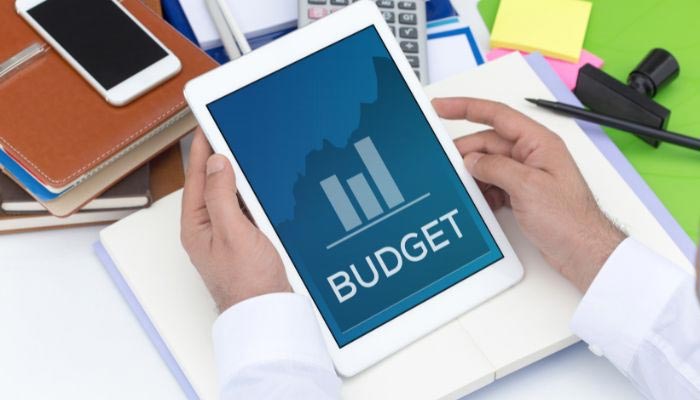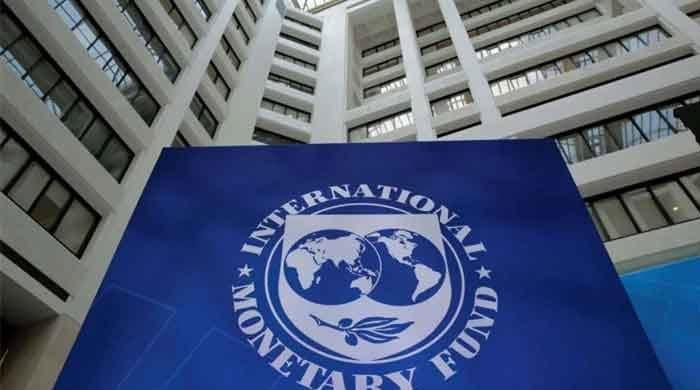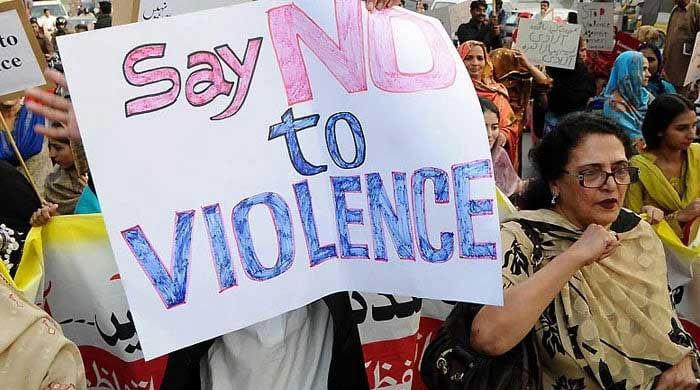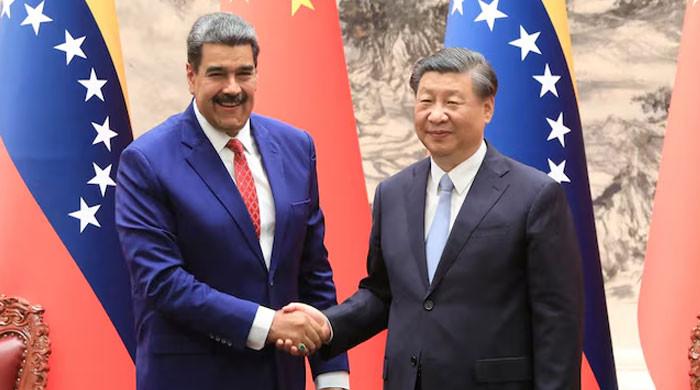A look at provincial budgets
Attention towards provinces has also become compelling as the room for manoeuvre in the federal budget has shrunk, writes Ishrat Husain
June 06, 2023

Budget discussions and debates in Pakistan have historically focused on the federal government and the Federal Board of Revenue (FBR), though the provincial budgets should occupy a salient place in the aftermath of the 18th Amendment and the 7th National Finance Commission Award.
This has not been the case despite the fact that the objectives of raising the tax-to-GDP ratio and efficient and effective delivery of public goods and services to the citizens can be achieved mainly through provincial budgets.
Attention towards provinces has also become compelling as the room for manoeuvre in the federal budget has shrunk due to the growing inflexible nature of federal expenditures such as debt servicing, defence, pensions etc.
At the same time, additional tax mobilisation efforts by the FBR will end up in a larger share of 60% going to the provinces with a disincentive for the federal government.
Where are the provinces spending their budget?
In 2009-10, the four provincial governments collectively employed 1.8 million individuals and their wage and salary bill was Rs340 billion — an average salary of Rs189,000 annually. The same year, the federal government employed 928,000 persons and paid them Rs89 billion or an average of Rs96,000.
By 2019-20 — a decade later — the number of employees in the provincial government had reached 2.3 million and the wage bill had multiplied almost 4.2 times, rising to Rs1548 billion. The average wage had also gone up 3.6 times to Rs673,000.
Despite the national pay scales, the provinces introduced special allowances, special pay scales, and perks of all kinds. By contrast, the federal government employment roll was 981,000 with a wage bill of Rs260 billion.
The average wage was Rs265,000 in the same period. The annual inflation rate during this period averaged about 8-9% and thus there was a significant real wage increase in both federal and provincial government employees.
The above data signifies that the rising share of the divisible tax pool from the federal government was used mainly to benefit the employees of the provincial governments. In the provinces, three departments — education, health and police — employ 75% of the total workforce, with education and health’s share being more than one-half of the total employees.
Education and health expenditures in the provincial budgets have remained in the range of 35-39% of the total but the impact on outcomes — enrolment rates, adult literacy rate, average year of schooling, out-of-school children, learning ability, stunting, and malnutrition and health indicators — has been minimal.
The governance and management of these sectors have been below par; most of the money is spent on poorly trained teachers and basic infrastructure facilities in schools and dispensaries are lacking. Therefore, any increase in the allocation for social sectors in the absence of governance and quality improvement may be throwing good money after bad.
Despite all the additional manpower, the police force has to be supplemented by the Rangers for maintaining law and order and the wage bill for the Rangers is borne by the federal government.
One of the pernicious side-effects of a large dose of the federal divisible tax pool, injected into the provincial finances, has been that the provinces have become slack in mobilising their own revenues.
The provinces contribute only 1% of GDP to national taxes. Indian state governments contribute 35% to the total tax revenues or 6-7% of GDP. Provinces in Pakistan together spend 40% of the total consolidated expenditures while raising only 10% of total national tax revenues.
When flushed with such windfall liquidity, political will and bureaucratic effort to tap GST on services, property tax and agriculture income tax have been found missing irrespective of the party in power.
Our elected leaders consider that imposing and collecting taxes is an unpopular task while their spending needs can be met easily through federal transfers. They feel little pressure in opting for measures such as digitised cadastral surveys of property; revaluation of existing properties aligning them with market prices; removing exemptions, concessions and discretionary prices fixed by the tax officials.
Or introducing electronic record-keeping and an automatic billing system; updating the record through GIS system mapping, and including newly urbanized areas in the tax base.
The total collection from the urban property tax from all cities of Pakistan is Rs20 billion while the Mumbai Municipal Corporation collects Rs120 billion.
Pakistan’s real estate market is estimated to have an asset value of $400–700 billion. Studies have shown that Pakistan can raise at least Rs400 billion annually from property tax if the reforms mentioned above are implemented.
Agriculture income tax yields an insignificant amount of Rs3 billion to Rs4 billion annually against an agriculture GDP of Rs15 trillion. Income tax collection from non-agriculture GDP, mainly industries, is Rs1.7 trillion.
The top 4% of farmers own and operate 35% of the total farm area. If one-quarter of agriculture's gross value added can be attributed to this top category, their net income (after deducting inputs) would be at least Rs3.75 trillion. Applying an average tax rate of 10% (with a progressive sliding scale), we should expect agriculture income tax to yield Rs375 billion or 0.5% of GDP.
This enforcement of agriculture income tax would also stop evasion of non-agriculture income tax as the federal Income Tax Ordinance 2001 exempts agriculture income from the federal income tax. Taking advantage of this loophole, federal income tax filers inflate their true agriculture incomes by including sources of income from other non-exempt sectors of the economy. Thus, the FBR suffers losses in the collection of income tax also.
All the provinces have made strenuous efforts to collect GST on services which used to be in the domain of the FBR. In fact, this has become the single largest source of provincial tax revenues — Rs293 billion or 58% of the provincial tax revenues. However, the gross value added in the services sector that can potentially contribute to GST is estimated at Rs 3.8 trillion.
An average tax rate of 16% should generate Rs600 billion annually, twice as much as collected at present. The new organisations — provincial revenue authorities — set up for this purpose have the capacity to achieve this target.
There are a number of other revenue heads in the provincial budgets which can also be streamlined but these have not been included in this analysis.
By revamping provincial budgets, it is shown that at least 1.6% of GDP in the form of additional taxes can be generated, pushing up the national tax-to-GDP ratio to 12%. In addition by eliminating wasteful expenditure in recruiting an unskilled workforce, the fiscal and primary deficits can be further reduced — thus lowering the national debt burden over time.
The writer is a former governor of the State Bank of Pakistan.
Originally published in The News











